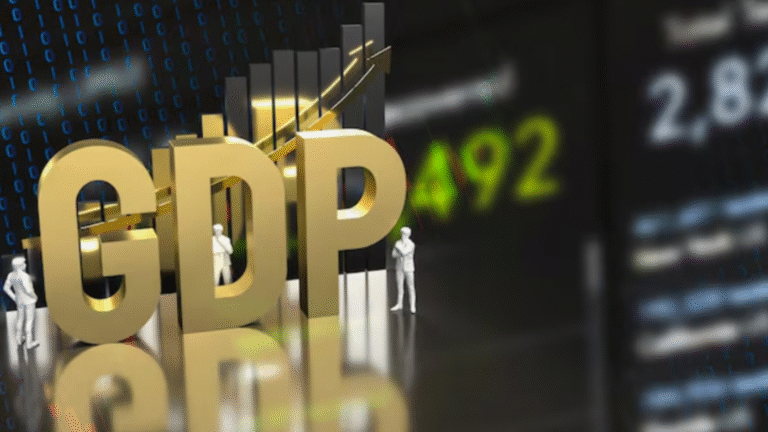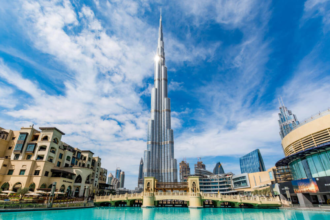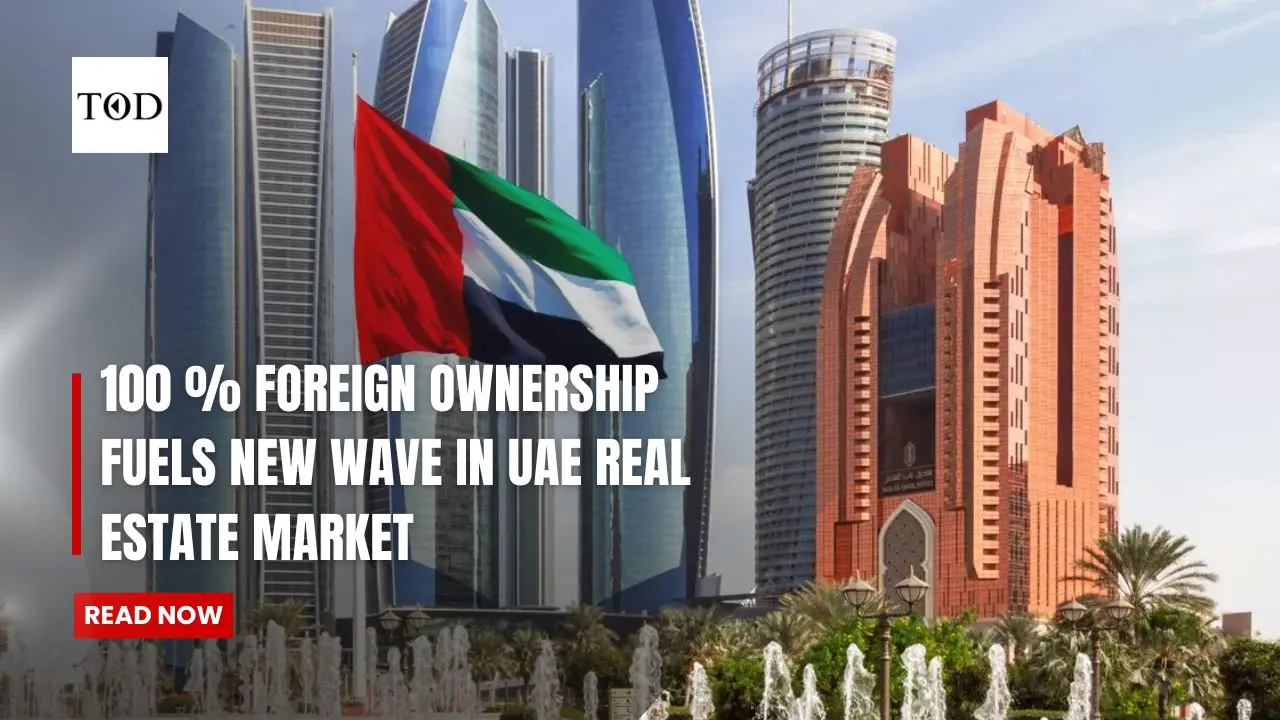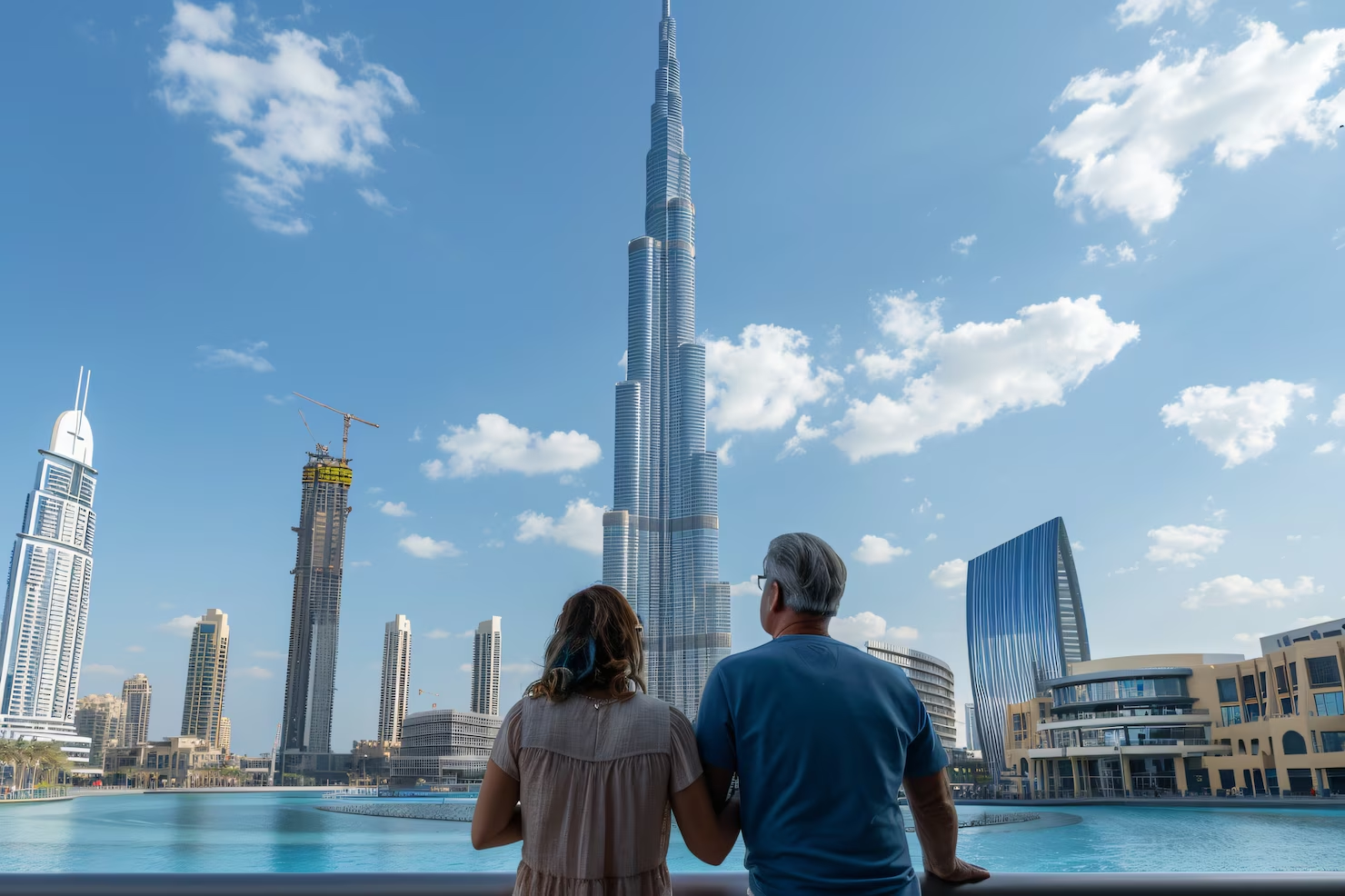The UAE Growth Forecast has been predicted to have a growth rate of 4.8% for 2025, which means that the country’s economy will steadily expand until 2026 when the region’s economies start to speed up. The International Monetary Fund (IMF) has updated its prediction of UAE Growth Forecast for the years to come, this time giving 4.8% as the figure for 2025.
This is primarily due to non-oil sectors performing well and attracting investors who have faith in the country’s mixed economy. In 2025, it was forecasted that the UAE Growth Forecast would be around at 4% even with a reduction in oil production taken into account. It is the lessening of the hydrocarbon sectors like tourism, construction, public expenditures, and financial services, that is the main reason for supporting growth. The international reserves continue to be in very good condition for 8.5 months of imports.
Non-oil and Non-Hydrocarbon Sectors
The UAE Growth Forecast is achieved through some of the key sectors of structural reforms, and enabling areas in the Non-Oil / Non-Hydrocarbon Economy. The non-oil/private sector is driving much of the expansion, supported by rising demand in services, tourism, construction, trade, and finance. Central bank projections showed non-hydrocarbon sectors expanding by 5.1 % and 4.8 % in different segments in 2025.
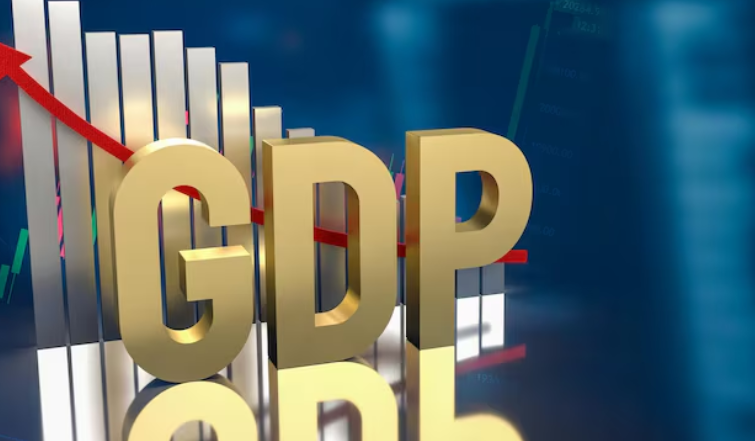
UAE’s geographic position and logistics infrastructure which is ports, free zones, trade corridors help it capitalize on global trade flows. Tourism & hospitality rebound post pandemic is contributing quite materially to service sector growth. Real estate, construction, infrastructure like Government-led and private large scale projects such as cities, transport, smart infrastructure maintain demand for construction, materials, engineering.
UAE Growth Forecast in financial intermediation, capital markets, fintech, and associated services supports the business ecosystem and introduction and gradual implementation of corporate income tax, adjustments to business/fee regimes also helps in the UAE GDP growth. The state also continues to invest in transport, energy, digital infrastructure, smart city frameworks, and urban development.
Regulatory & institutional strengthening,improving transparency, governance, financial regulation, capital markets enhancements, maintaining price stability despite pressures in housing and utilities and, risk monitoring which is basically the authorities monitoring overheating in real estate, credit growth, external shocks, plus global financial tightening are some notable key sectors of UAE Growth Forecast.
UAE GDP Growth 2025
The new projection, published in the IMF’s October 2025 World Economic Outlook (WEO), marks an upward revision from the Fund’s April forecast and heavily mentions the UAE’s position as one of the strongest-performing economies in the Middle East. The IMF expects the UAE’s economy to expand by 5 per cent in 2026, maintaining its earlier forecast for that year.
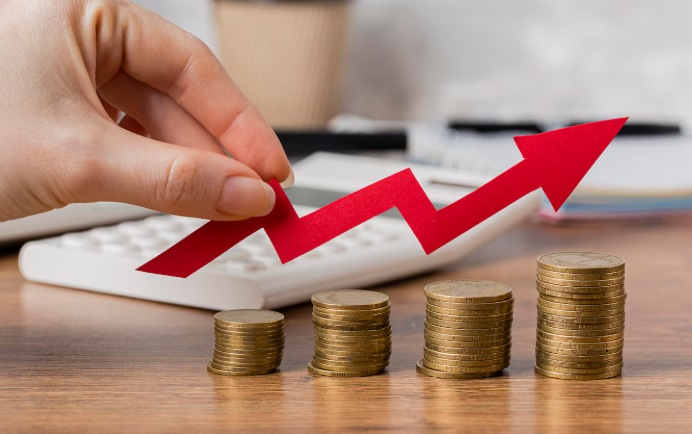
The IMF report highlights the domestic demand, tourism, and infrastructure investment in supporting robust activity, alongside government initiatives advancing digital transformation and industrial growth and UAE Growth Forecast in 2025. The IMF forecasts a gradual increase in economic growth across the broader Middle East and Central Asia area, rising from 2.6 percent in 2024 to 3.5 percent in 2025 and 3.8 percent in 2026, by which year’s estimate is raised by half a percentage point from that made in April.
On the other hand, global growth is likely to witness a decline from 3.3 percent in 2024 to 3.2 percent in 2025 and 3.1 percent in 2026, with the latter group of countries comprising advanced economies registering an approximately 1.5 percent expansion and the former group of countries comprising emerging and developing ones getting a little over 4 percent as their average.
Government to Make Implementations
The IMF has the governments to win back the trust of people and the markets by adopting policies that are credible, transparent, and sustainable. The Fund pointed out the need for rebuilding fiscal buffers, maintaining the independence of central banks, and pushing for more reforms in different sectors.
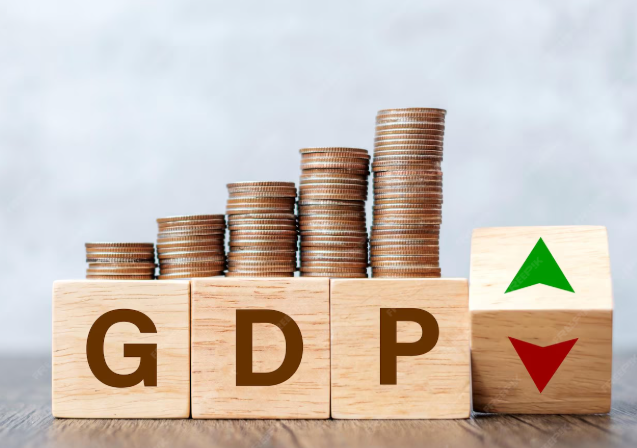
Moreover, it has also motivated the governments to combine the tactics of trade diplomacy with macroeconomic adjustments in order to secure stability for the long run. The International Monetary Fund (IMF) is looking at a bright economic picture for the Middle East, Central Asia, and especially the UAE, thanks to the strong domestic demand, tourism, infrastructure investment, and digital transformation.
The positive revision of growth forecasts is calculated to mirror the growing resilience of the economy and the increasing confidence of investors, particularly in the non-oil sectors. In the meantime, while the global economic growth is predicted to slow down slightly, the UAE’s varied economy is recognized as one of the best-performing ones in the region, with real UAE Growth Forecast of 4.8% in 2025 and 5% in 2026. The IMF also insists on the need for good fiscal management, structural reforms, and active trade diplomacy as the foundation for a stable and sustainable economy in the future.
Also Read: Dubai Police Launches AI-Powered Robocop Patrols in Global Village


